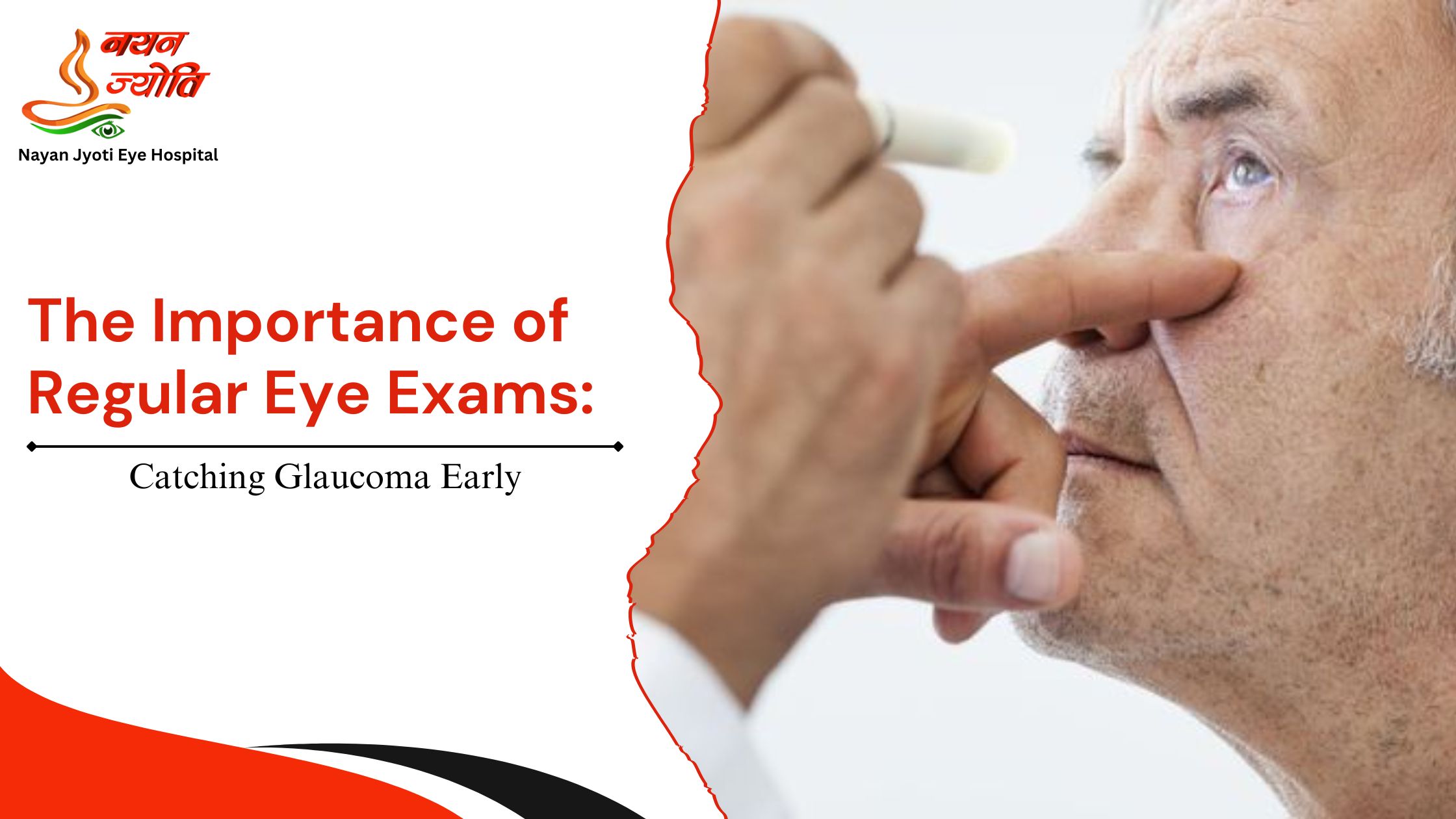The Importance of Regular Eye Exams: Catching Glaucoma Early
Glaucoma is often called the "silent thief of sight" because it gradually damages vision without obvious symptoms. By the time people notice vision changes, the damage is often irreversible. This makes regular eye exams essential for early detection and prevention of vision loss caused by glaucoma.What is Glaucoma?
Glaucoma is a group of eye conditions that affect the optic nerve, which is crucial for transmitting visual information from the eye to the brain. The main cause of glaucoma is high intraocular pressure (eye pressure), which gradually damages the optic nerve. If left untreated, glaucoma can lead to permanent vision loss or blindness.
There are two primary types of glaucoma:
1.Open-Angle Glaucoma:
The most common form, where pressure builds slowly over time.
2.Angle-Closure Glaucoma:
A rarer, more sudden condition that can cause immediate eye pain and requires urgent medical care.
Why Are Regular Eye Exams Important?
Glaucoma progresses slowly and usually shows no symptoms until significant damage has occurred. However, early detection can slow or even stop its progression, protecting your eyesight.
No Early Symptoms: Open-angle glaucoma, which is most common, typically shows no signs in its early stages. Regular eye exams are the only way to detect increased eye pressure and optic nerve damage before vision is compromised.
Preventing Permanent Vision Loss: Once vision is lost due to glaucoma, it cannot be restored. However, early treatment—whether through eye drops, laser therapy, or surgery—can reduce pressure and prevent further damage.
High-Risk Groups: Certain individuals are at a higher risk of developing glaucoma. These include people over the age of 60, those with a family history of glaucoma, African Americans, and individuals with diabetes. For high-risk groups, regular eye exams are even more important.
What Happens During a Glaucoma Exam?
During a comprehensive eye exam, several tests are used to screen for glaucoma:
Tonometry: Measures the pressure inside the eye.
Ophthalmoscopy: Checks the optic nerve for signs of damage.
Perimetry: Tests peripheral vision to identify any blind spots.
Gonioscopy: Examines the drainage angle in the eye to determine whether it is open or closed.
These simple, non-invasive tests are critical for detecting glaucoma in its early stages, when treatment can be most effective.
How Often Should You Get an Eye Exam?
The frequency of eye exams depends on your age and risk factors. General recommendations are:
- Every 2-4 years for adults under 40Every
- 1-3 years for adults aged 40-60
- Annually for those over 60 or at higher risk for glaucoma
Conclusion
Glaucoma is a progressive eye condition that can lead to permanent vision loss if not caught early. However, regular eye exams are an essential tool in detecting glaucoma before it causes significant damage. By scheduling routine eye exams, you can protect your vision and prevent unnecessary sight loss.
At Nayan Jyoti Eye Hospital Auraiya, we use state-of-the-art technology to provide comprehensive glaucoma screenings and treatments. Don’t wait for symptoms to appear—take control of your eye health today!
